Photographing Sporting Events- by Ashwin Rao
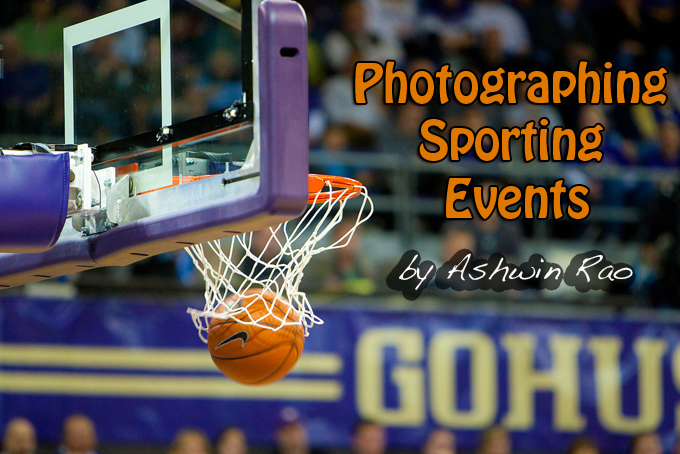
Hello, fellow Steve Huff readers. It’s Ashwin, here again with something completely different than my typical M9 posts. While I have spent the past 4 years developing my love of the “rangefinder way”, I have been quietly enjoying the SLR experience from the sideline…literally. As some of you know, I came to rangefinders from the land of SLR’s and have gradually made the switch to shooting primarily with rangefinders.
However, there are certain genres of photography to which rangefinders are not suited. In particular, Rangefinders are not great when the subject one is trying to capture is moving fast in and out of a potential plane of focus. Further, rangefinders can’t really effectively reach to focal lengths beyond 135 mm (yeah, there is the Visioflex, but that’s a tool of some compromise on the M9 and best used by those very skilled with its eccentricities). It also may be argued that rangefinders are not the best tools to shoot at very high ISO’s. The Leica M9 maxes out at ISO 2,500, while most modern pro SLR’s reach beyond ISO 100,000! In genres of photography where such issues matter (reach, fast focus/autofocus, compressing a far away image, ISO’s high enough to allow one to freeze images in darker, artificially lit conditions), SLR’s reign supreme. In many ways, SLR’s (single lens reflex cameras) do very well at many tasks, and do those tasks easily. Because of these qualities and outstanding image quality, SLR’s are BY FAR the most popular cameras out there.
All of this has no bearing, really, on how I feel about rangefinders. For me, rangefinders are a perfect tool for capturing moments in the street, moments of daily life, and for travel. For me, I can use rangefinders to capture 80-90% of the circumstances I wish to photograph. Once one learns the rangefinder way, one becomes more in tune with one’s own photography. I far prefer this measured style of image capture to the “machine-gun” approach of SLR photography. That being said, I keep my SLR set up for one of a few purposes. Shooting sports is one of those reasons. So, let’s talk about that.
In my career as a l physician in sports medicine, I have had the unique privilege of being around sporting events all of the time. Heck, it’s my job, and over the years, friends close to me have come to realize that I could snag some pretty decent photos. It wasn’t long before I was toting my cameras to the occasional game, and now, I am regularly afforded the opportunity to shoot games along with the Seattle press core. It’s an exciting way to be part of the game, and I get to share my images with fellow staff, players, friends, and family. I only mention this, because it’s pretty easy to find opportunities to shoot sports. Simply get out to your local sporting event (think, high school football), and with the proper access (say, discussing matters with the school’s coach or athletic director), you can start shooting sporting events as well.
That being said, I have had the great opportunity to shoot sports over the past 4 years at an elite NCAA Division I school, the University of Washington. In fact, our current quarterback, Jake Locker, may well be the top pick in this year’s NFL draft. We have been national champions in Crew, Cross Country, Softball, and women’s volleyball in the past 5 years, and our basketball team also routinely gets into the sweet 16 of the NCAA tournament. I have had the opportunity to shoot all of these sports. And while I am known to many of you as a rangefinder enthusiasts, many of my colleagues have come to know me as the dude with the big cameras and big white lenses.
Speaking of white lenses, I have owned and continue to own a Canon SLR outfit. I have owned the 5D, 5DII, digital Rebel XT, and a 1D Mark III. I have owned many (? Most) Canon lenses, but currently only own my 1D Mark III a 70-200 mm f/2.8 L IS lens, 50 mm f/1.2 L lens (the most Leica-like rendering that I have come across for a lens in the Canon lineup), and a 135 mm f/2 L lens. I do own a 1.4 x tele-extender as well, to gain me some reach. I have sold off much of my Canon gear to fund the purchase Leica lenses and cameras, but keep my skeleton crew of Canon gear to shoot weddings and sports.
The images that you see here would be very difficult, if not impossible, to capture with rangefinders, but are really easily captured with the 1D Mark III and it’s 10 FPS frame rate and its strong high ISO capacity. When shooting SLR’s, I tend to use center point AF (not all of the 45-50 point focus that Canon and Nikon’s come with these days), because the center point is by far the most sensitive to rapid vertical and lateral movements. I also tend to shoot sports using the AI Servo mode, which adjusts to movements and tracks focus better in these circumstances. I tend to dial up ISO’s (1600 is typically my comfort level for the upper end of the ISO that I shoot), to allow for fast shutter speeds of 1/400 s – 1/1600 s, so that I can freeze action.
As you can tell, we are far out of rangefinder land. The rangefinder experience is far more careful and measured, while using SLR’s can have its own exhileration, particularly when viewing how one can freeze action with these cameras.
So will I keep my SLR set up? Yup. Even when I shoot SLR’s so rarely? Yup….Why? Because rangefinders have their limits. And that’s okay…they are not perfect for everything, and SLR’s are a very nice stop gap. Add to the fact that the 1D Mark III and my lenses are weather-sealed, and I have a kit that I can use for areas where I may not effectively obtain images with the rangefinder….
Hopefully, the images here will prove my point. You may notice that the style that I shoot with SLR’s is quite different than how I obtain images with rangefinders. I believe that this is in part due to my varying level of comfort with these 2 very different tools for photographic capture. Maybe even, the Canons entrust me with a bit of their soul, while Leica’s do the same as I shoot them. I don’t know, but whatever the case is, I will keep both kits to capture moments which rangefinders would otherwise struggle at.
Caveat….Shooting sports with the Leica M9
Okay, okay, so I have spent the past several paragraphs suggesting that SLR’s are far better suited to capturing sports than rangefinders. However, when pressed into service, rangefinders can be up to the task. One has to be careful, and up to the challenge. One cannot rely on 10 FPS, Image stabilization, weather sealing, and 300 mm focal lengths. One might have to pre-focus, and rely on rapid self-focus to achieve the effect. To this end, here are a few pics, taken by the M9 and 135 mm f/4 Tele-elmar (a 40 year old lens that I reviewed here earlier), at a football game this past spring.
Don’t forget to visit my blog HERE!
HELP SUPPORT THIS SITE TO KEEP IT GOING AND GROWING!
Remember, anytime you follow my links here and buy from B&H or AMAZON, this helps to keep my site going. If it was not for these links, there would be no way to fund this site, so I thank you in advance if you visit these links. I thank you more if you make a purchase! I have nifty search bars at the upper right of each page so you easily search for something at either store! I currently spend 14 hours a day working on this site and the only way that I can pay for it is with your help, so thank you!
If you enjoyed this article/review, feel free to leave a comment at the bottom of this page and also be sure to join me on twitter or facebook! Also, you can subscribe to my feed at my subscribe page HEREand read these posts in your browser or news reader! Also, interested in becoming a guest writer? Contact me! Thanks so much for visiting my site!
[ad#Adsense Blog Sq Embed Image]

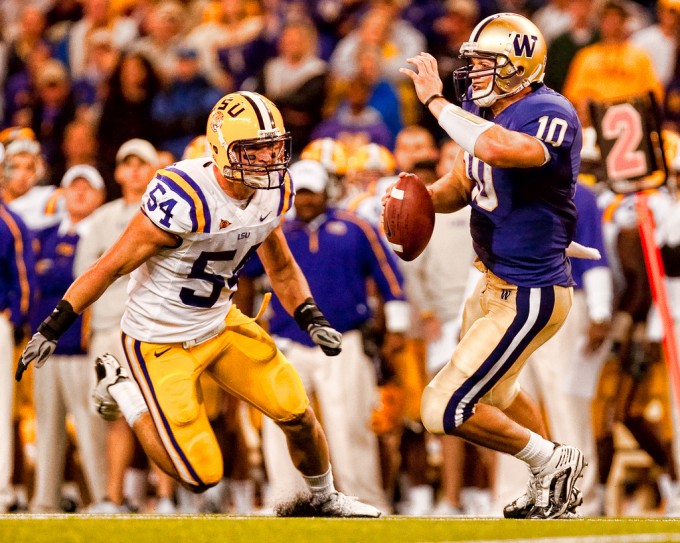
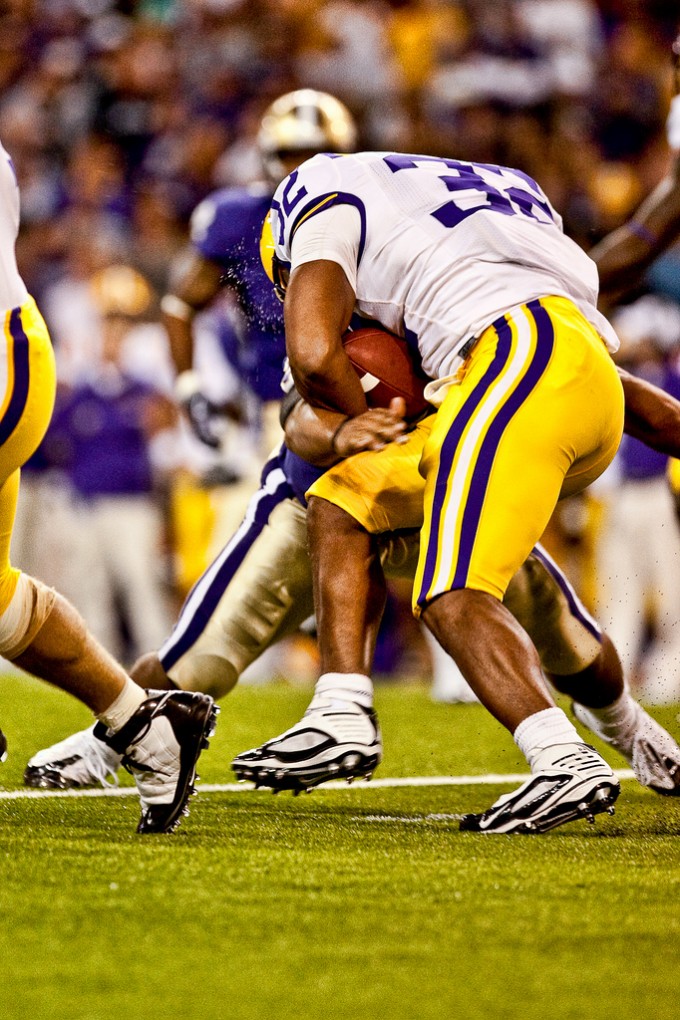
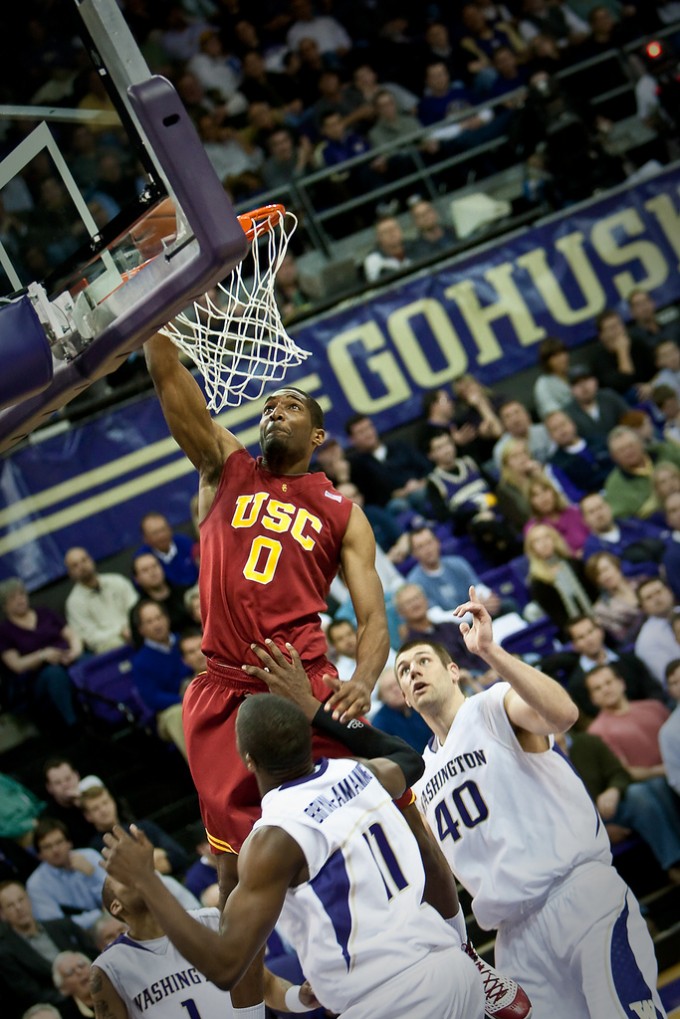
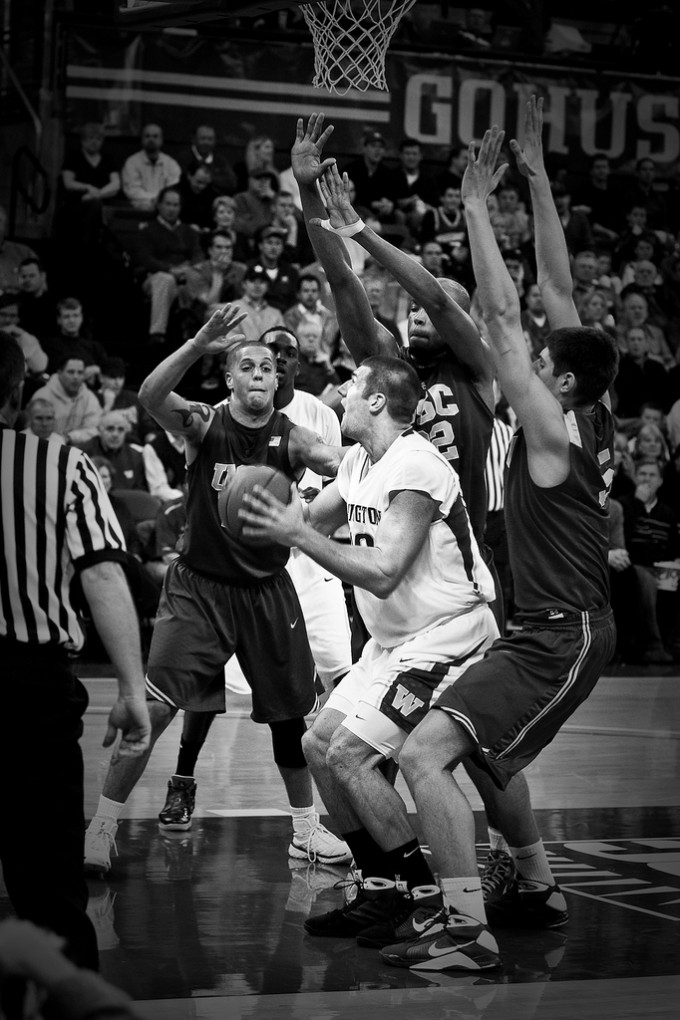
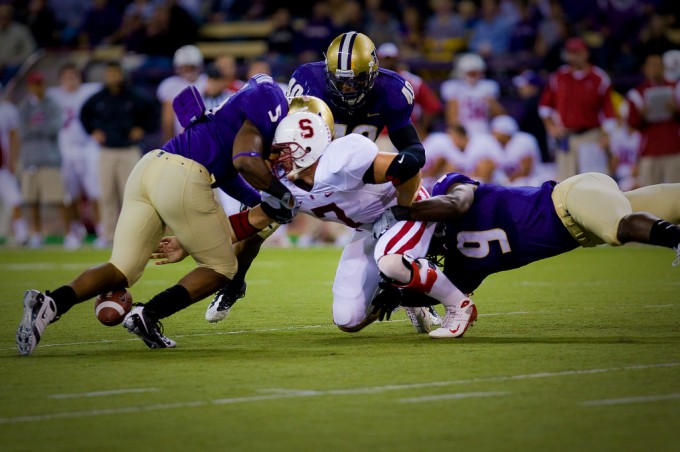
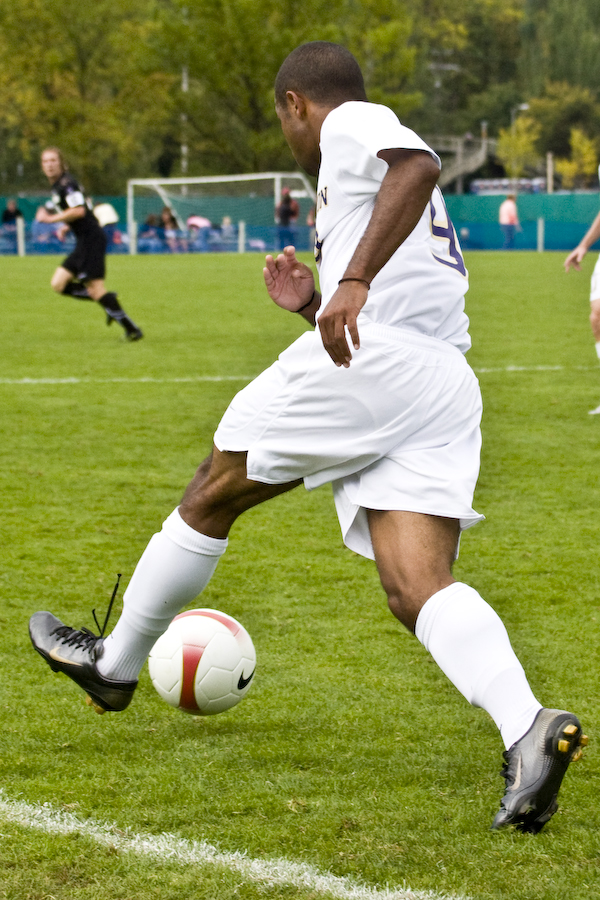
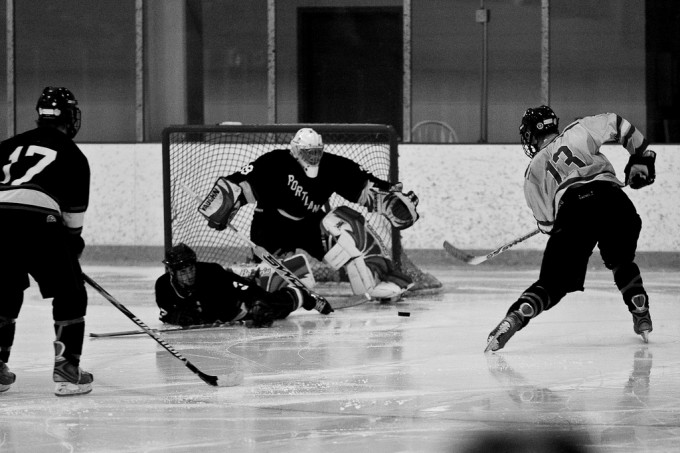
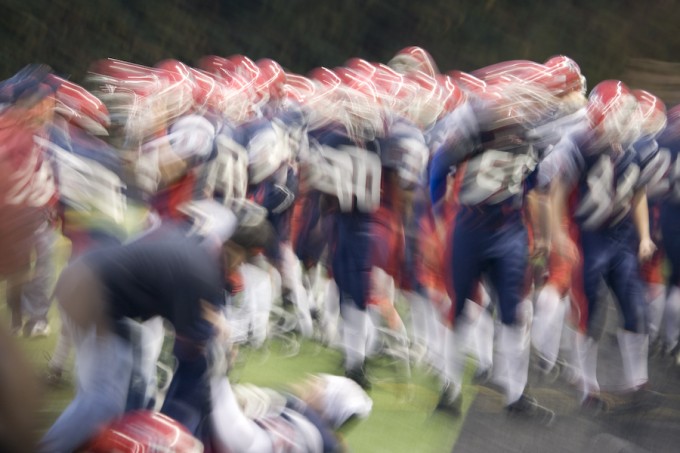
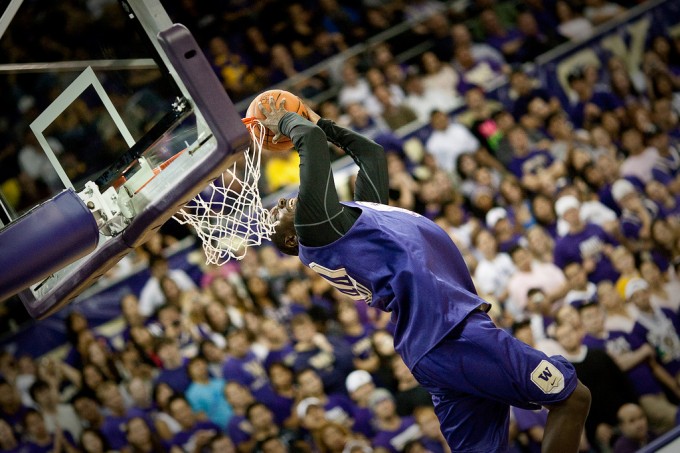
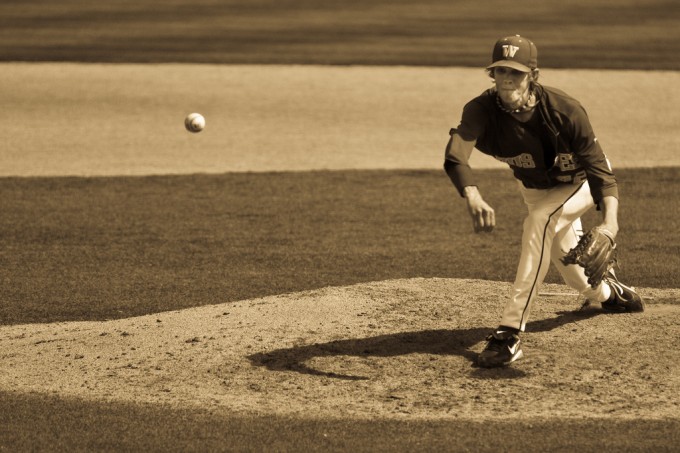
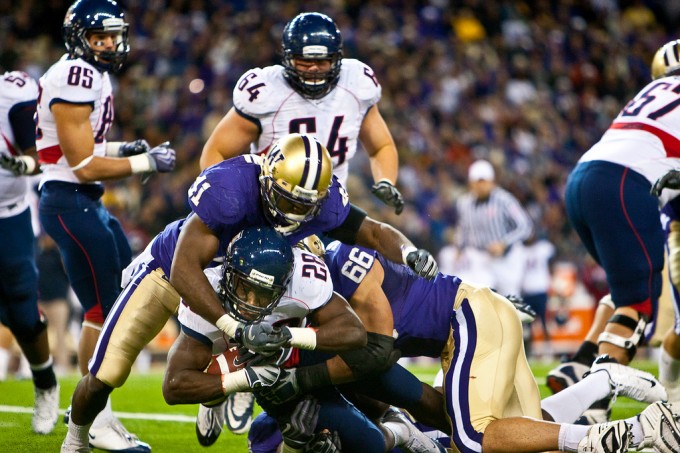
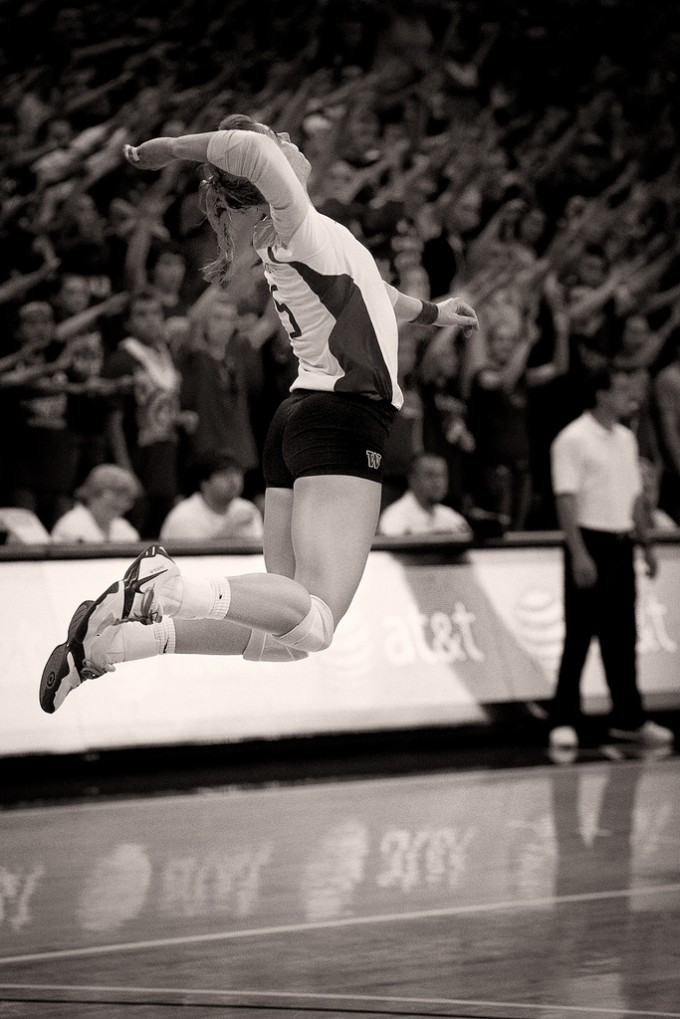
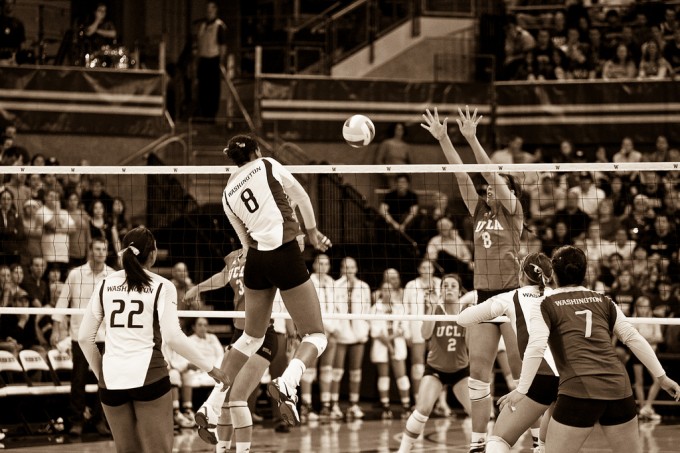
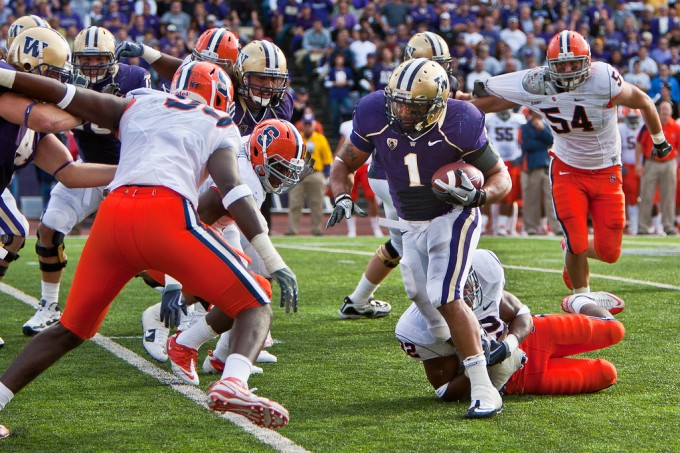
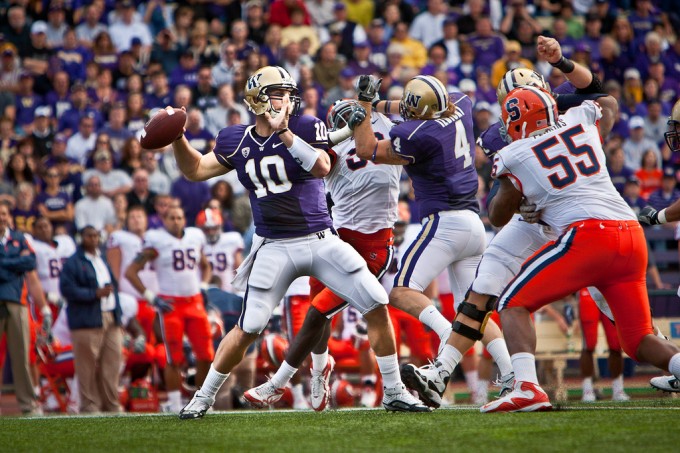
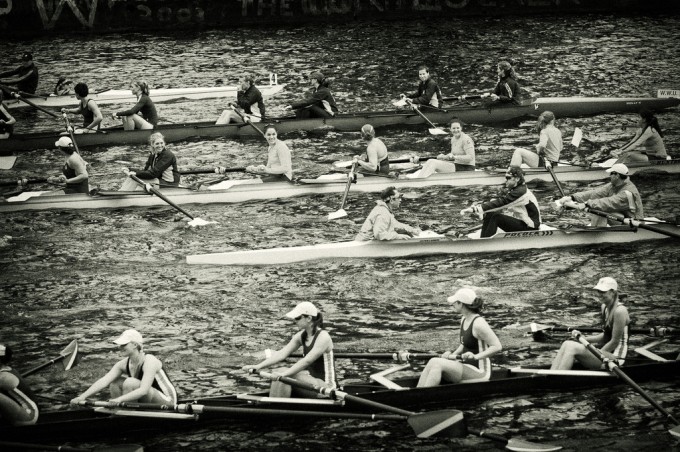
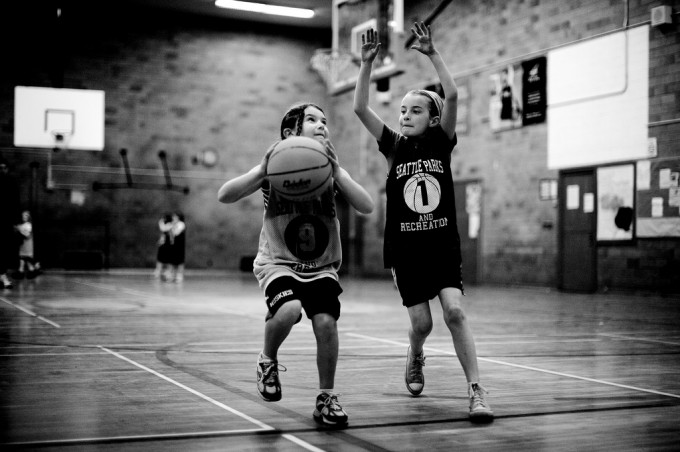
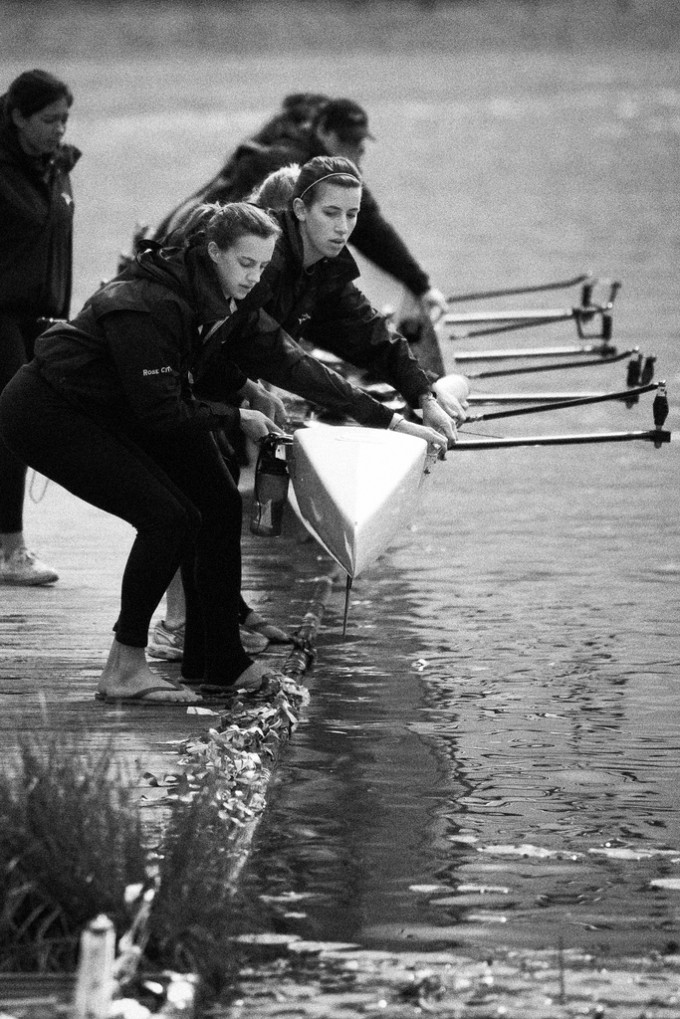
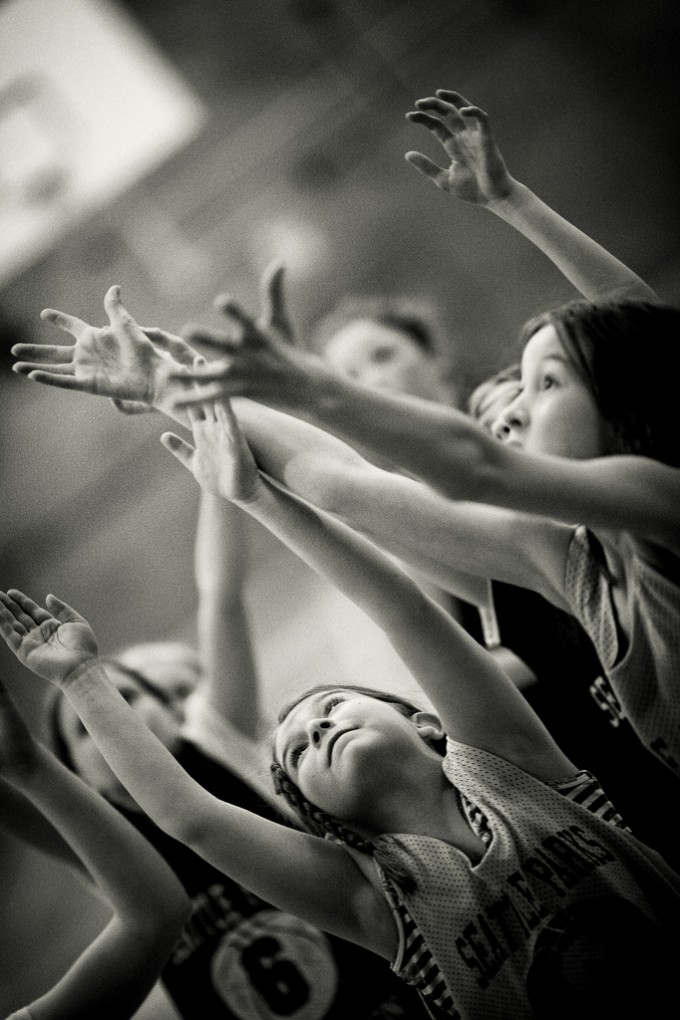
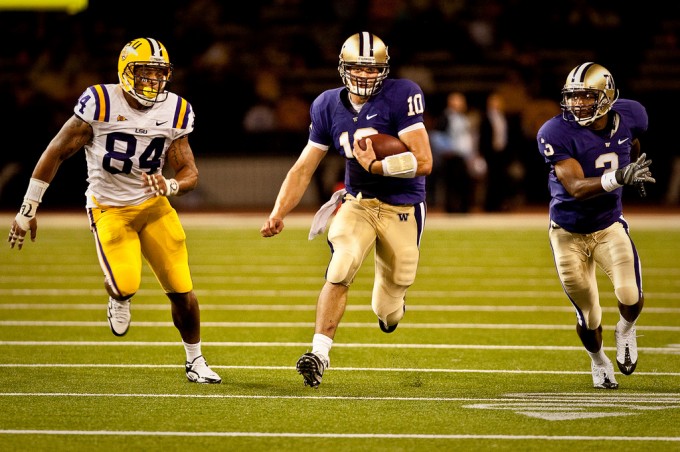
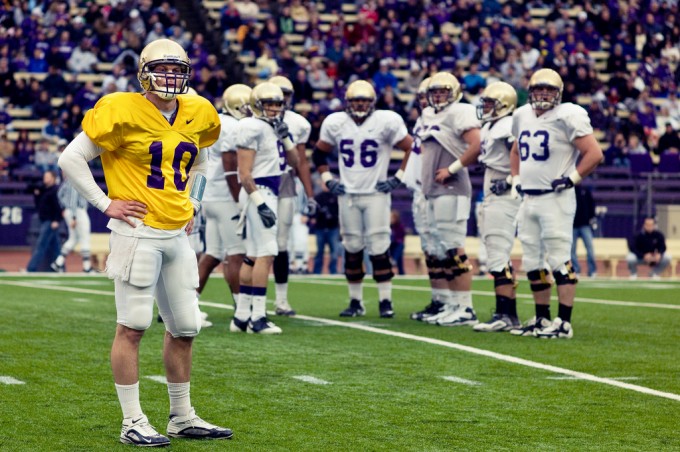
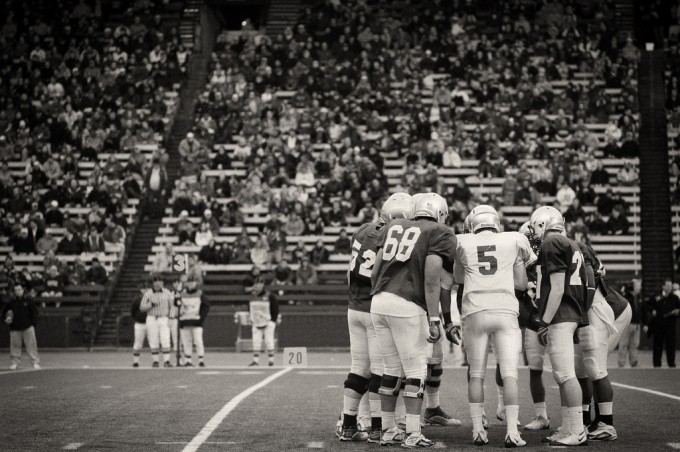
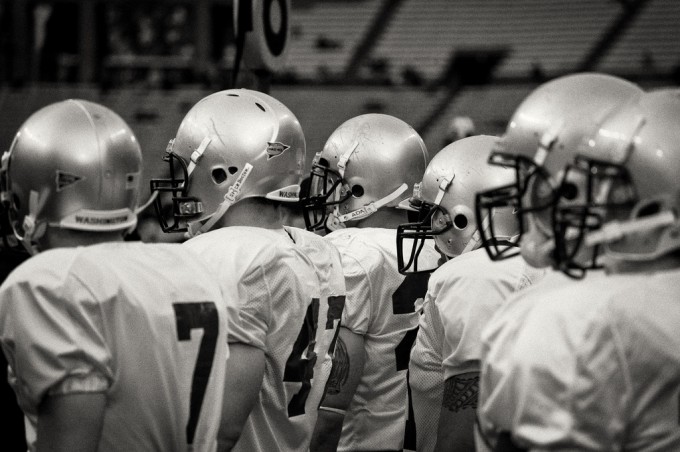
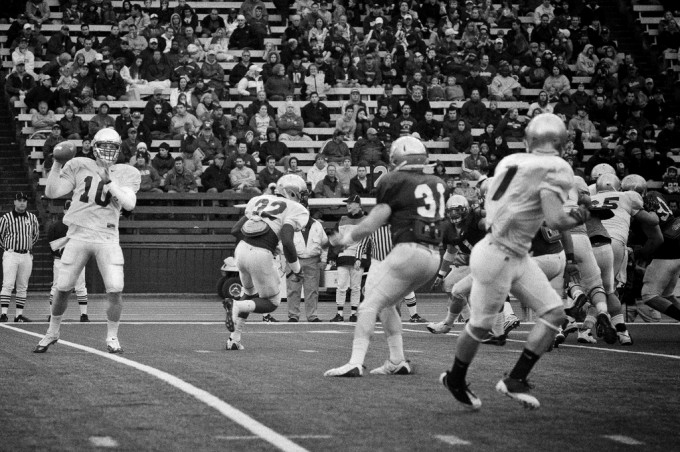


A little late to the discussion, perhaps, but I love this article, and revisit it occasionally. The description of the Canon 50mm 1.2L USM, especially “most Leica-like rendering,” encouraged me to go ahead with my expensive acquisition of that len, which will certainly delay getting a rangefinder. A Canon 7D may not be an M, but having a rapid-shooting camera does mean I cannot work on composition and other artistic aspects when I want, yet the DSLRs can capture my nephew’s soccer matches and swim meets, and also capture moving wildlife images with longer lenses.
I cannot envision being without a DSLR, even after I retire and no longer need macro, fast- focusing, and high ISO capabilities for the job. Rangefinders and M glass will be added, in time, with patience,
as I can afford them, not by selling or trading L glass.
Oops, I meant to say that a Canon 7D does *not* mean I cannot work on composition and other artistic aspects when I want…..
Ashwin,
Thank you for this article. I very much enjoyed it.
Curious if you have any advice for me, a novice photographer.
I am the new (proud) owner of an Olympus E-P2, so far with two lenses (a. the Panasonic 20 1.7, and b. the olympus kit 14-42 zoom). I have purchased this camera for two main purposes:
First, to take along as a travel, daily life, parties with friends snap camera. So far, the camera seems really well suited to this purpose. Especially with the pancake lens. My main line of experimentation and inquiry right now is how to take great pictures in low light and at campfires. But even my early efforts are decent. (Welcome any additional tips on this one, of course)
My second purpose is to take sports photos involving my two young boys. So far, I canNOT make my camera work well for this. I realize that I need a telephoto lens as a first requirement. But that is not my only problem. My guidebooks suggest using “continuous auto focus” . . . but when I do, nothing appears to be in focus. And it is SLOW. Same with “continuous auto focus-tracking.” When I have used S-AF I have had better results (faster + faster sequential shots) . . . but nothing approaching a full capture of a single play (e.g., my kid kicking the soccer goal). I am welcome to any and all advice! Can the E-P2 approximate the kind of DSLR photos you show off here?
I could do that, Ashwin. Accumulate a Leica kit… but I would have to get rid of all my Nikon gear. I have a D3, now a D700, 24-70 f2.8 Nikkor, 70-200 VR, 85 1.4 D, 50 1.4 G. Not to mention flash and accessories. That’s just a tremendous, state of the art, bit of professional shooting capability to give up. For ANYTHING. It’s tough. Forgetting sports shooting entirely, just thinking adequate no-nonsense capability for events, I’d need two M9s and some much faster glass than the Summarits and Summicrons. One could wrap a lot of troubles and dreams away with just a Noctilux, no question. Probably have to settle, however, for a Summilux, either the 50 or the 35 would work. Then I would need something longer, 90 ‘Cron. Fast glass is essential because the digital Ms don’t have the sensor that these FX Nikons do. If you’re doing events you’re going to need wide angles and how can anything compete with Nikon’s flash capabilities. My work with photography is about a couple of events a month, a wacky street portraiture idea that has actually put a lot of money in my pocket this past year, allowing me the extravagance of stepping into the Leica world. But those gigs are COMPLETELY dependent on the 70-200 VR and sometimes the 24-70.
And, I have to say this. When I first looked through the viewfinder of an M it was an M8, I believe. The viewfinder looked wonderfully large and focusing was a breeze. That must have been when I still was shooting a pair of D80s, and before my eyes started the very rapid decline they’ve made in the last 3 years or so. Because NOW, focusing both of my Ms is truly no picnic. Thank heavens for zone focusing and the focusing lever or tab on the 35 Summarit is very helpful because it doesn’t take long to realize that it’s always in the same place for whatever focusing range it happens to be on.
Trading back my 50 Cron for a D700 was something I was considering for at least the last few months. I think where I’m going to end up here is with the M7 and the 35 Summarit, a film scanner. You have the best of both worlds then. A complete pro-Nikon FX kit, and a Leica M that I DROOLED over for decades, ESPECIALLY the M7, and a great little lens for street photography. Make Leica film images like all the photographers of the past whenever I want to, but not conceding ANYTHING in terms of staying current and continuing to meet the needs of my fledgling (the way I like it) photography enterprises.
If I do sell my M9, I’ll certainly be back to digital Ms at some point. Anyway, sorry for the off topic ramble. Take care.
db
Donald, first thank you for your kind words. I am in nearly complete agreement with all that you have said. I too transitioned from shooting principally SLR’s to now using rangefinders. I do feel that I did burn out a bit on weddings, and while not quite there, am getting a bit toasted (not quite burnt yet) with sports captures. The question raised by this is not so much the gear, per say, but finding something new to see in sporting events where so much of what is captured can be repetitive. I guess the same that would hold true of any style of photography, but really, I have yet to feel burnt out with my Leica gear…the only issue I see with Leica is gear lust and wanting to “continually improve” the set up…I have battled this and settled on accumulating a set up that affords flexibility and fun…
Great stuff, Ashwin. I too kept my one remaining DSLR, the D3, and just Saturday got a full refund value on my 50 Summicron and picked up a D700, which I’m loving. And I’ve also done a lot of sport shooting, primarily women’s basketball but I shot the Rose Bowl a couple years ago and occaisionally the LA Clippers. You’ve got some great shots there. Over the years, I accumulated some great shots as well. I got very very good and that kind of photography, but I really burned out on it. But I’ve got a full kit of Nikon gear now for events and the occaisional wedding. M9 and 35 Summarit, and an M7. May not be completely done shifting gear yet, could part with one of the Leica bodies.
As usual, beautiful shots, Ashwin.
Is it also possible to use the M9 for kids . I am having nightmares with mine .
Either I am at fault or the camera or my kid is hyper active or all of these .
Whatever , any advice is welcome . Dont want to go back to a compact ( which is D lux 4 btw but M9 is M9 )[img]http://www.flickr.com/photos/ravirajamadan/5041306504/[/img]
Ravi,
Make no mistake…manual focus rangefinders are a nightmare with active little kids. Yes, you can zone focus, blah blah..but the truth is that a fast autofocus SLR will do a better job. If my kids are running around like crazy, I dig out my Nikon F6 and slap a 50mm new Nikon lens and be done. You will catch more moments that way and most of them will be in sharp focus, even at large apertures, which would otherwise be even more difficult to do with the M9. Try to catch a fast little kid @ f2, in perfect focus, with an M9..good luck 🙂
Max
Max ,
Many thanks for your advice . Since I never used a DSLR all my life ( went straight from compacts to M9 – thanks to a certain Mr. Huff ) , I am not going to start using one now .
Guess the child has to get a scolding every time ( to stay still ) I want to take a snap of him . Poor baby . But he should be lucky that I did not sell him to get the M9 .
Cheers .
That’s right, Ravi..you are a lucky guy to have an M9 so, yes, do enjoy it and I am sure you will be able to make some nice memories with it. You will have to practice to be a sniper a bit but that will be fun as well. Just don’t give the kid any sugar or chocolate before taking pics 🙂
So, in summary, it’s ideal to own both a pro DSLR with a mini-arsenal of L lenses AND a Leica M9. Great, i could’ve told you that. Now, where did i put that extra twenty five thousand dollars?? Oh…. yeah, it’s in my dreams.
Haha, sorry for the bitter tone, it really was a great article. You’ve earned the privilege to own that much gear and it’s great to hear the objective opinions of someone who’s used both formats extensively. Definitely much better than initiating a comments-war about which is “better”.
Thanks to everyone for your kind words. Both cameras definitely provide different tools. I use each for its strengths, and you all are quite astute to notice my composition and subject matter are very different, despite similar subjects. Thanks, guys, for taking the time to comment….I agree suprement with Adam’s words to keep open the dialogue between formats…both have special moments to offer…
Hey Ashwin,
Thanks for the interesting article. Shooting between an M9 and a 5D II, it is curious to see each cameras pros/cons. So much conversation divides the rangefinder and SLR systems, where they are best appreciated on their own.
Any step to open the dialogue between different formats and tools in photography is welcome.
Great article and pics, Ashwin. Richard has it spot on. I wouldn’t want to be a sports shooter without a fast autofocus DSLR, as there is no substitute for perfect action shots. The M9 pics are more “artsy” and look great but it’s obviously not a camera for fast moving sports targets so, to have both for the different looks is the way to go.
Great Photos really enjoyed your write up keep up the great work.
As someone who has shot high school sports for the last 12 years (first as a newspaper staffer now for freelance use), the shots from both the genres of cameras are great. But, for me, there is a noticeable difference in what is captured. The SLR/DSLR format focuses on the action while the RF format focuses more on composition and the people. Neither is better or worse, just different. AND I love the look of both!!
The Canon shoots are beatiful. But the picture I´m not gonna forget is the 2nd shoot taken with the M9.
More terrific photos, Ashwin! Especially liked the crew photos, very evocative to me of walking or running on misty Autumn mornings beside the Cam in Cambridge while the rowers were practicing in the river.
Very nice post, excellent shots, and good points about the strengths of the different cameras. Thanks for showing what can be done with a 40-yr old lens, because when I did sports photography as a student in the mid-60s, that’s what it was like. Ours was a small college, so I could roam along the sidelines, and a 135 gave pretty good results. I started out using a non-metered Pentax H1a and 135, then a Canon FT and 200, with Tri-X at 400. Later I tried a Leica M2 and 90 Tele-Elmarit, and got some of the best results with it, because you can watch the flow of the action coming into the frame lines.
The M2 and 90 were also a great choice for hockey, again shot right at the edge of the rink. Since the stadium was 1930s vintage the lights weren’t great, and we went from Tri-X at 1200 in Acufine to 2475 (I think) recording film for higher ASA. (Great latitude, but grain like marbles though…)
Of course then autofocus and autoexposure were non-existent, so pre-set exposure and pre-focus to a zone that gave the right framing, watch for the timing of the action and be patient. Two 36 exposure rolls would last a game (no motor drives back then), but always gave enough good shots for the papers and yearbook.
I recently came across some shoeboxes full of college negatives, so I need to scan them and see if they were as good as I remember. (They never are…)
Ashwin….Nicely done,well thought article with beautifully timed photographs that really capture the action and tell a story. I think people make a big mistake when they pledge allegiance to one thing or brand ( Rangefinder vs. SLR, Nikon vs. Canon, digital vs. film ) and lose sight of the fact that these are tools selected to achieve an ultimate photographic goal. Horses for courses.
Great article. Love the photo of the little girls playing basketball. Watch out for all spelling/grammar errors (ouch). There are a whole lot at the beginning especially.